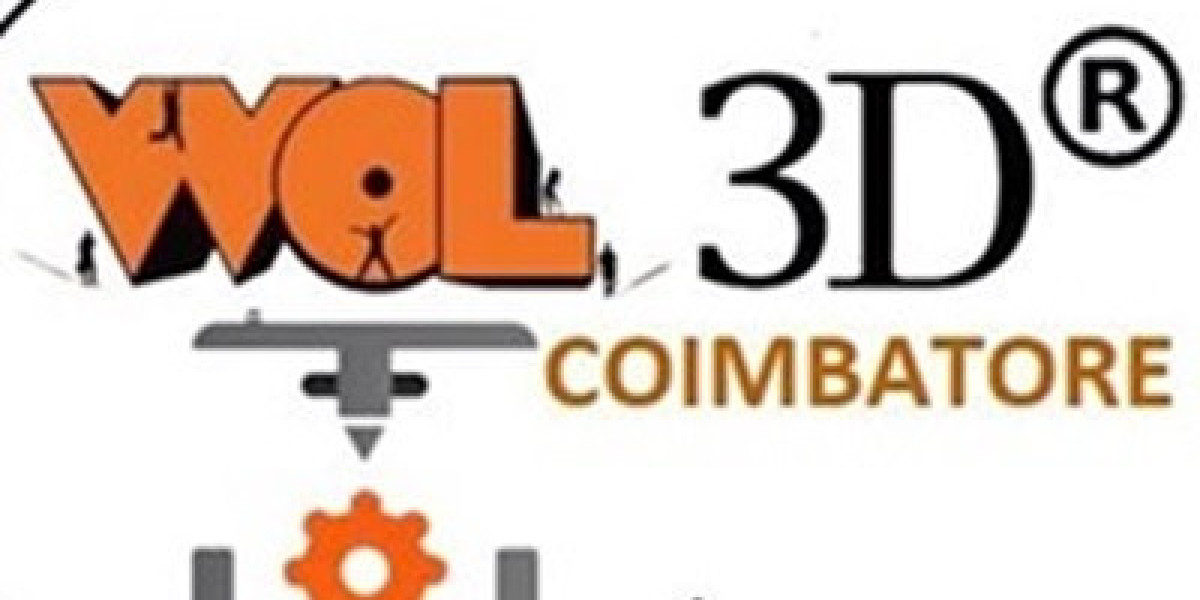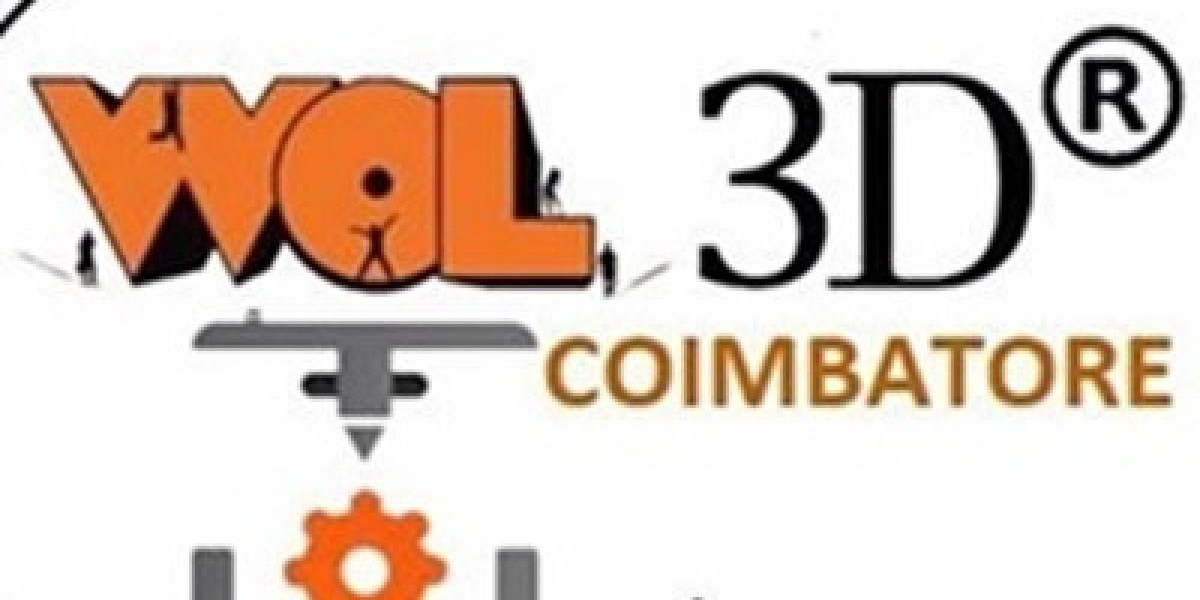A Changing Treatment Landscape for Multiple Myeloma
The treatment landscape for multiple myeloma has been radically reshaped by a host of innovative treatments. Traditional chemotherapy is no longer the only option. Now, a variety of therapies such as proteasome inhibitors, monoclonal antibodies, and CAR T-cell therapies are offering more durable responses and better survival prospects for patients.
These treatments, when combined with the power of minimal residual disease (MRD) testing, allow for more personalized and precise treatment regimens, enhancing treatment efficacy and reducing unnecessary side effects.
The Promising Pipeline for Multiple Myeloma
The pipeline for multiple myeloma is brimming with novel therapies that show immense potential. Bispecific antibodies and next-generation CAR T-cell therapies are set to play pivotal roles in treating the disease.
One such breakthrough is the exploration of therapies targeting GPRC5D. As a protein expressed on the surface of myeloma cells, GPRC5D has become a focal point for targeted treatments, such as bispecific antibodies and CAR T-cell therapies. These have shown encouraging results in early clinical trials, with high response rates and manageable side effects.
Key Developments in Multiple Myeloma Clinical Trials
A number of multiple myeloma clinical trials are paving the way for new treatment paradigms. One of the most promising approaches being tested involves combining BCMA-targeted therapies with other drugs, such as immunomodulatory agents and proteasome inhibitors. These combinations are showing significant promise in enhancing patient responses and prolonging remission.
In addition, trials investigating bispecific antibodies targeting both BCMA and GPRC5D are yielding remarkable results, indicating that dual-targeting therapies could dramatically improve outcomes for patients with relapsed or refractory multiple myeloma.
Targeting GPRC5D for a Breakthrough in Treatment
Among the most promising developments in multiple myeloma is the targeting of GPRC5D. This relatively new antigen is present on myeloma cells but not on most normal cells, making it an ideal target for precision therapy. GPRC5D-targeted therapies, such as bispecific antibodies like talquetamab, are showing strong efficacy in clinical trials, offering a new frontier in the treatment of hard-to-treat multiple myeloma.
A Future of Personalized Treatment and Improved Outcomes
As these revolutionary advances in multiple myeloma treatment continue to unfold, the future lies in personalized medicine. By tailoring therapies to individual genetic profiles and disease characteristics, clinicians can offer more effective and less toxic treatments.
With the ongoing progress in the pipeline for multiple myeloma, including the advent of GPRC5D-targeting therapies and combination regimens, there is real optimism for patients. These innovations suggest that multiple myeloma may eventually be managed as a chronic condition, offering better long-term outcomes and a higher quality of life.
Latest Reports Offered By DelveInsight:
Glioblastoma Multiforme Market: Emerging Pipeline Therapies To Keep A Keen Eye On
13 of the most commonly asked questions about Glioblastoma multiforme, Answered
Glioblastoma Multiforme: Advancements in the Treatment Paradigm of the Malignant Condition
Glioma vs. Glioblastoma Therapeutics Space: Unveiling the Battlefront
Key Pharma Players Changing The Dynamics Of Schizophrenia Market
How are Antipsychotics Transforming the Schizophrenia Treatment Space?
Breaking Boundaries: Innovations and Updates in Schizophrenia Treatment
Latest Reports:-
Propionic Acidemia Market | Ptosis Market | Radiotherapy Induced Oral Mucositis Market | Respiratory Syncytial Virus Infections Market | Synovial Sarcoma Market | Systemic Mastocytosis Market | Thymidine Kinase 2 Deficiency Market | Trichotillomania Market | Wilms Tumor Market | Alpha Thalassemia Market | Chronic Pulmonary Infection Market | Digestive System Fistula Market | Eosinophilic Disorder Market | Muscle Spasticity Market | Pacemakers Market | Peripheral Nerve Repair Devices Market | Pertussis Market | Postpartum Depression Market | Ranibizumab Biosimilars Market | Retinitis Pigmentosa Market | Urinary Incontinence Devices Market








